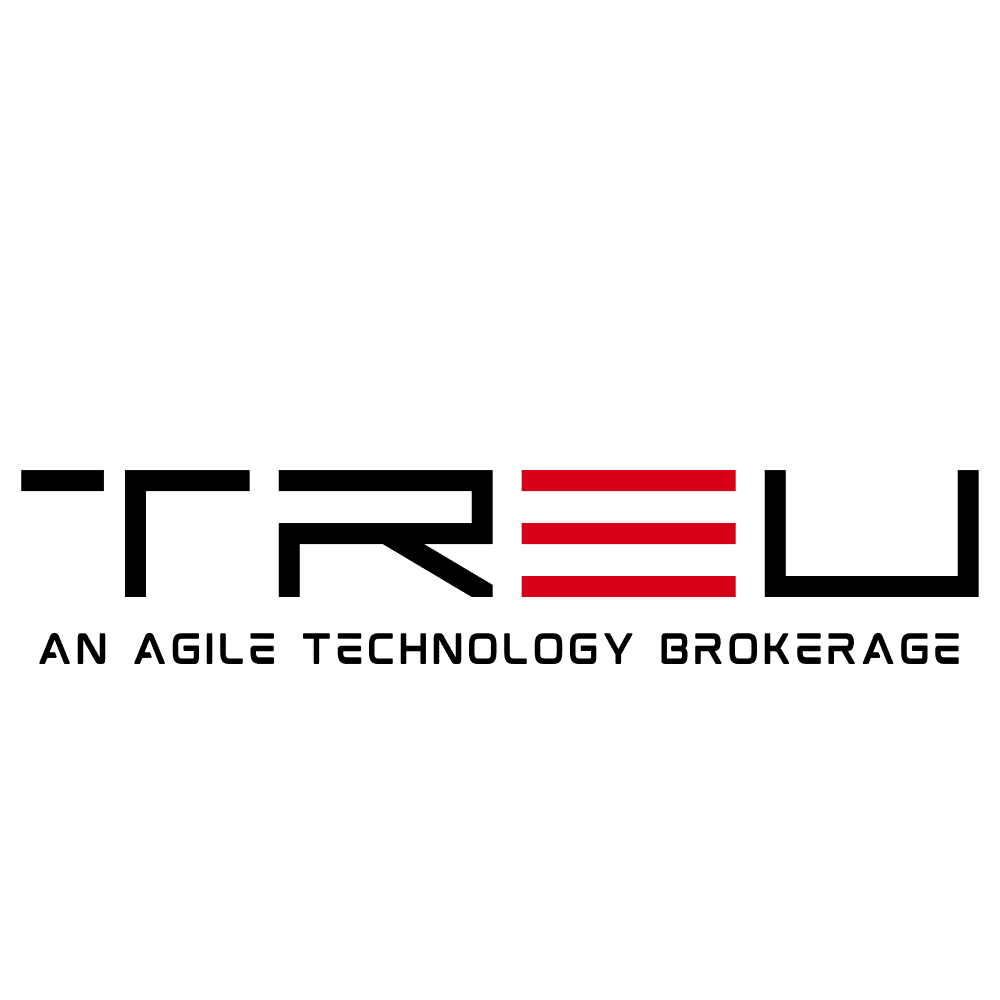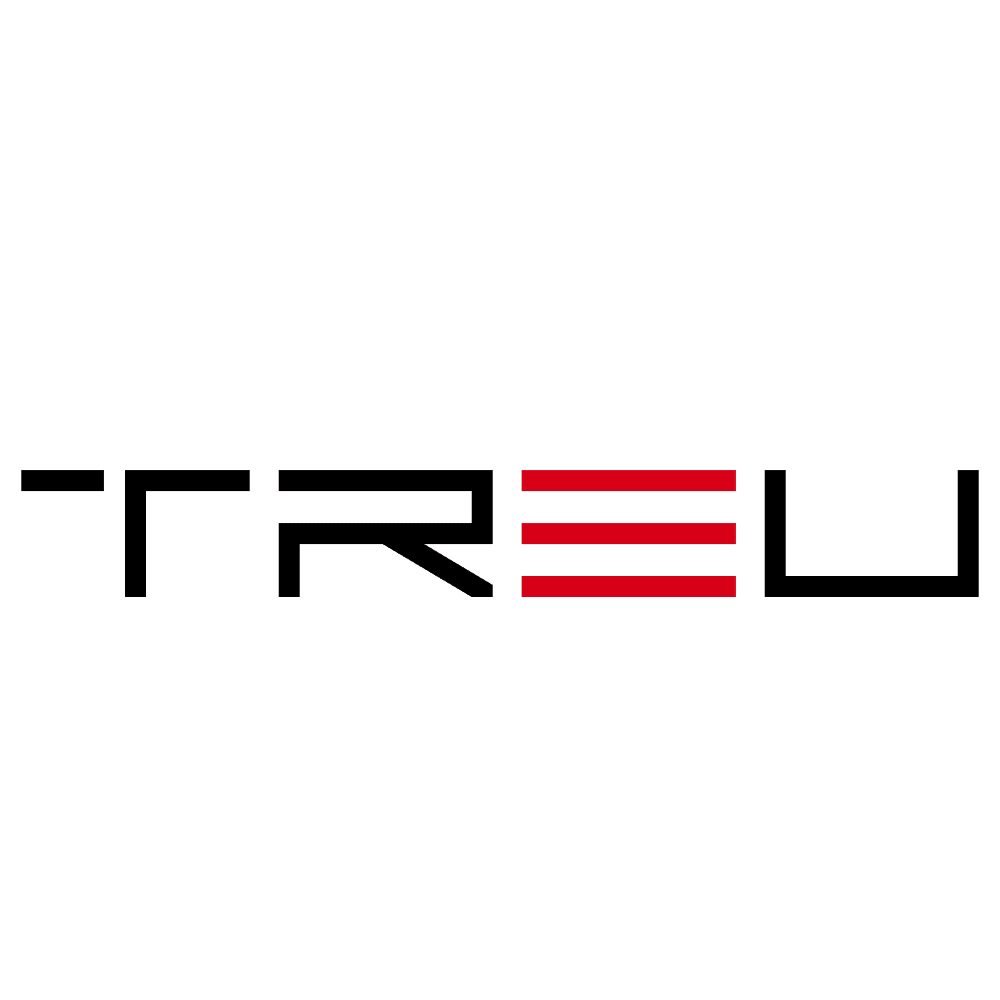How AI Is Transforming Supply Chain Cybersecurity Challenges and Risks
The Growing Cybersecurity Threat to Modern Supply Chains
In today’s digital economy, supply chains are more interconnected — and more vulnerable — than ever before. According to a recent study by Gartner, nearly 89% of organizations have experienced a supplier-related cybersecurity incident in the past 12 months. This uptick in supply chain attacks is no coincidence. As digital transformation accelerates, companies increasingly rely on a complex network of third-party vendors, cloud services, and IoT devices. This expanding ecosystem is riddled with gaps that cyber attackers are quick to exploit.
What’s driving this surge in supply chain-related cyber threats? The answer is twofold: the increasing sophistication of threat actors and the complexity of supply chain infrastructures. Traditional cybersecurity frameworks are struggling to keep up. The solution? Enter Artificial Intelligence.
AI: The New Frontline in Cyber Defense
Artificial Intelligence (AI) is rapidly becoming a game-changer in the realm of cybersecurity — especially within supply chain networks. By leveraging machine learning algorithms, behavioral analytics, and real-time data processing, AI empowers organizations to detect, prevent, and mitigate risks before they result in large-scale attacks.
Here are some of the key ways AI is redefining supply chain cybersecurity:
- Proactive Threat Detection: AI can analyze vast amounts of network traffic and supplier activity to identify anomalies that indicate a potential breach. Unlike traditional systems, which respond after an incident occurs, AI tools are designed for proactive threat hunting.
- Automated Risk Assessment: Machine learning models can continuously monitor the health of IT systems and highlight vulnerabilities across the supply chain. This allows organizations to prioritize security patches and resource allocation effectively.
- Behavioral Analytics: AI can establish a baseline of normal behavior for both users and systems. When deviations from the norm are detected, it raises real-time alerts, potentially stopping attacks in their tracks.
- Supplier Trust Scoring: AI-driven platforms can evaluate suppliers based on cybersecurity performance, historical incidents, and compliance with regulatory frameworks. This helps in choosing vendors that meet an organization’s security standards.
The Complex Challenges Facing Supply Chain Security
Despite AI’s promise, the cybersecurity landscape is still filled with formidable challenges — especially in supply chain networks. These challenges must be addressed alongside AI implementation to create a holistic and effective cybersecurity strategy.
Complexity and Lack of Transparency
Today’s supply chains consist of multiple tiers of suppliers, each of which can introduce its own vulnerabilities. Visibility beyond the first tier is often limited, making it difficult to assess how far a threat has traveled or to trace its origin. AI can help uncover deeper layers within the chain, but implementation still requires transparency and collaboration across all stakeholders.
Legacy Systems and Infrastructure
Many supply chain networks still operate on outdated systems that were not designed with modern cybersecurity threats in mind. These legacy systems are frequently incompatible with new AI technologies, creating a significant integration issue.
Overreliance on Automation
While AI and automation can enhance capabilities, they are not silver bullets. Overreliance without human oversight can lead to unintended consequences, especially if an AI model misinterprets data or lacks contextual understanding.
Data Privacy and Regulatory Compliance
The use of AI introduces privacy concerns, especially when handling sensitive customer or supplier data. Organizations must ensure that their AI tools comply with regulations such as GDPR, HIPAA, and the CCPA, especially if they operate in multiple jurisdictions.
How Organizations Can Leverage AI to Strengthen Cyber Defenses
To realize the full potential of AI in supply chain cybersecurity, organizations must adopt a strategic approach. Far from simply installing a program or platform, this involves reshaping how the company thinks about both AI and cybersecurity.
Best practices include:
- Mapping the Digital Supply Chain: Before AI tools can be effective, organizations need full visibility into their digital footprint — from hardware and software to third-party vendors and shipping providers. This digital map can then serve as a foundation for smarter, AI-driven threat detection.
- Implementing Continuous Monitoring: The dynamic nature of modern supply chains means risks can emerge at any time. Using AI for real-time monitoring of data flows, system behaviors, and vendor interactions helps in detecting threats as they evolve.
- Training AI Models for Business-Specific Context: The more accurate the training data, the more effective AI becomes. Organizations should feed AI systems with industry-specific and company-specific scenarios to better detect real-world threats.
- Developing Incident Response Playbooks: AI can help flag threats, but what happens next? Companies should prepare detailed response protocols that integrate AI alerts into human decision-making processes for a faster and more coordinated response.
- Fostering a Culture of Cyber Resilience: AI should augment — not replace — a well-informed team. Training staff and vendors on cybersecurity practices and AI capabilities helps align human efforts with machine intelligence.
The Future of AI in Supply Chain Cybersecurity
Cyber threats will continue to evolve, constrained only by the imagination and resources of the attackers. But so too will our defenses. AI represents not just a tool but a critical layer in the next generation of cybersecurity strategies. As AI technologies become more sophisticated, we can expect to see:
- Greater Integration with IoT Devices: As supply chains adopt more Internet of Things devices for tracking and logistics, AI will be instrumental in securing communications and identifying compromised endpoints.
- Advanced Predictive Analytics: AI’s ability to forecast threats based on historical and real-time data could allow defenders to stop attacks before they even begin.
- Decentralized AI Models: With increasing concerns about data privacy, decentralized learning models (like federated learning) may become the norm in supply chain security applications.
Conclusion
AI is not just revolutionizing product delivery and warehouse automation — it’s also reshaping how we approach cybersecurity in increasingly vulnerable supply chains. With the right implementation strategy and proactive mindset, AI can transform defensive measures from reactive to predictive, helping to stay one step ahead of cybercriminals.
However, it’s clear that AI is no magic wand. Organizations must navigate integration challenges, manage ethical considerations, and enforce continuous human oversight. When deployed responsibly, AI doesn’t just plug the gaps — it patches the entire system with smarter, faster, and more adaptive technologies.
In an age where a single supply chain breach can ripple across the globe, embracing AI as a core element of cybersecurity is no longer optional — it’s essential.

